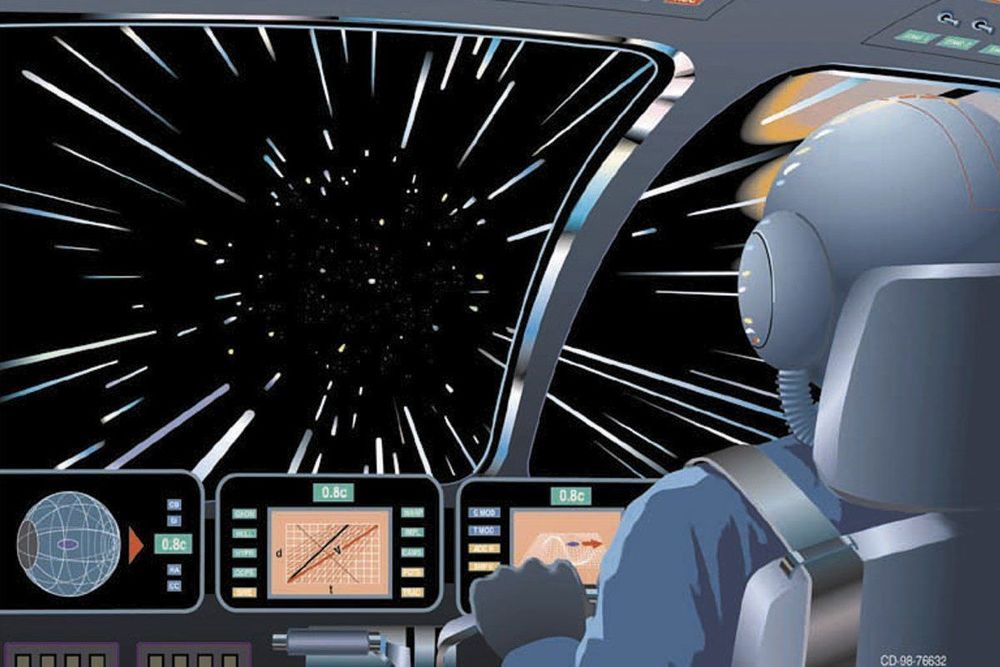In coming years, scientists plan to grow human embryos in a lab using high-tech artificial wombs.
Doctors at the Children’s Hospital of Philadelphia are in talks with the U.S. Food and Drug Administration (FDA) to begin testing artificial wombs on human embryos within the next two years, according to Metro. If they’re successful, the research could radically change the way we view pregnancy, childbirth, and perhaps even human evolution.








